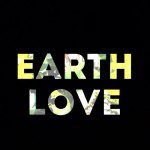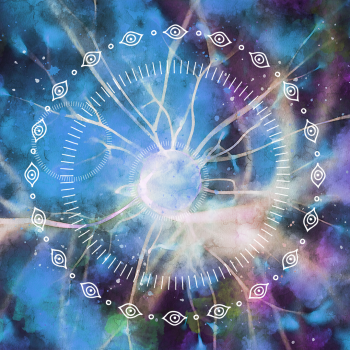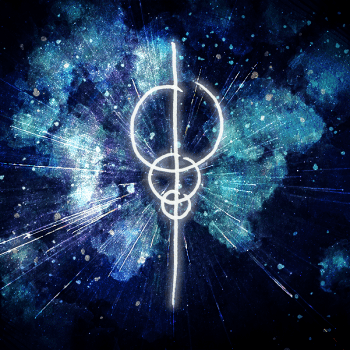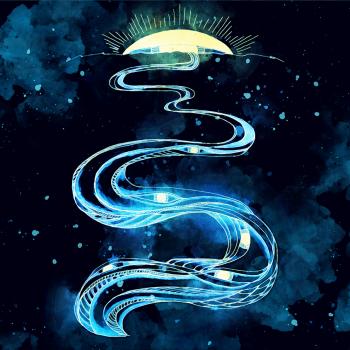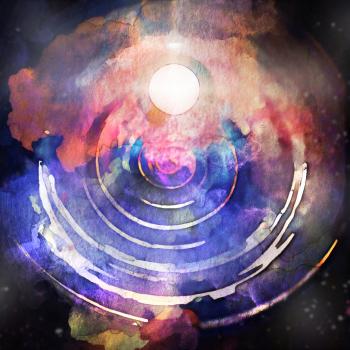“People see what they wish to see. And in most cases, what they are told to see.”
–Erin Morgenstern, The Night Circus
To see is an essential part of existence for most of humanity. We constantly look and take in visual information, only when we close our eyes do we shut off this vast river of input. As an artist I think a lot about what I see. I know that much of my job is to simplify visual input and organize it in pleasing or useful ways. There is the saying that a picture is worth a thousand words, and I imagine there might be some writers out there who would happily argue that point. But unfortunately, maxims and clichés exist because there is truth to them.
So let us consider a meditation on sight.
First a bit of background: as a druid and a farmer as well as an artist, and I think a lot about how humans interact with the non-human. I read a fascinating book called Sight and Sensibility by Laura Sewall many years ago. She is a researcher into cognitive psychology who has become a researcher into ecopsychology. If you don’t recognize that term I wouldn’t be overly surprised, it’s a rather new branch of psychology that argues that human psychology evolved within a matrix of non-human input and species and that we should consider that as part of pathology and optimal development of the human psyche. In Sewall’s book she talks about going to Africa. In her journeys on that continent she disovers, to her shock, that she no longer needs her prescription glasses for near-sightedness. Her long distance vision had improved vastly while she viewed the wide-open spaces of the savanna. When she returned home to the United States her vision again deteriorated. This drove her to think about how our environment affects our selves. When she had the opportunity to look out on the wide vistas she could see, but when she came back to the closed in walls and cities here, she could not.
We laugh at our “first world problems” the cell phone trap at the restaurant table, the struggle to live our lives, but we downplay the significance of these things. We are animals, just as much as a fox or an otter. We are animals who have kenneled our selves, tied our collars tight to the side of the walls. We walk our days seeing human things; surrounded by our own ideas like a strange variant of Being John Malkovich. We have built ourselves a very pretty prison. But lets face it: I’m not jumping ship and neither are you if you’re reading this on your phone or computer screen.
Here’s what I’d like you to try:
Go outside or find a window, any window. If you can find one high up, that might be better. Take a deep breath, and another, and one more. Look up. Look to the sky and see if you can find a cloud. If you can’t find a cloud, pretend there’s one there. Do your best to focus on that cloud and let all distractions fall away. See the color of the sky and the whiteness of the cloud. Notice how your eyes react to looking so far away. Then after a time of looking up, slowly bring your gaze downward to the edge of the earth. Note if the color of the sky changes or if the texture of the clouds is different there. Focus on the horizon that you have found for a time and allow yourself to rest in that ever present moment of wondering what might be on the other side. Take a deep breath and exhale completely. Take stock of how your eyes feel, how your body feels, and how your emotions feel.
I find this kind of exercise to be so relaxing. If you can go outside and lay in the grass to do it, by all means do so! I’ve just given you solid reasoning for the importance of lying in the grass watching the clouds. You can thank me later. Not only is staring off into the distance good for your overstressed eyes, it’s also good on a spiritual level.
David Abram, an eco-philosopher, argues that the horizon is the physical representation of the future:
“The visible horizon, that is, a kind of gateway or threshold, joining the presence of the surrounding terrain to that which exceeds this open presence, to that which is hidden beyond the horizion. The horizon carries the promise of something more, something other.”
When I was in high school I used to look off into the sunset through the picture window in my parent’s living room. It seemed somehow more profound than it really ought to have been. Sometimes I had strange moments of clarity and knowing when I stared off into the horizon. If the horizon is the future rooted then it is also a representation of fate and maybe a way to access it.
Interestingly, in Lithuania the goddess of the dawn, Aušrinė and Laima, the goddess of fate are connected. According to the scholar A. J. Greimas, Laima is seen as Aušrinė’s godmother who blesses the dawn at her birth. The rainbow is the symbol of Laima and is likened to the colors of the dawn as well. As Aušrinė begins the day, so does Laima prophecy the fate of babies at the dawn of their lives.
So we have this idea of fate and future, dawn and the horizon that comes together from multiple sources. It is something to think about, at least. Maybe if you find that you need to know the future of a thing (and make sure you really need to know) you should find yourself in that liminal space between night and day and seek out the line between land and sky. In the moment between one breath and the next you might find that you know the answer you seek.



